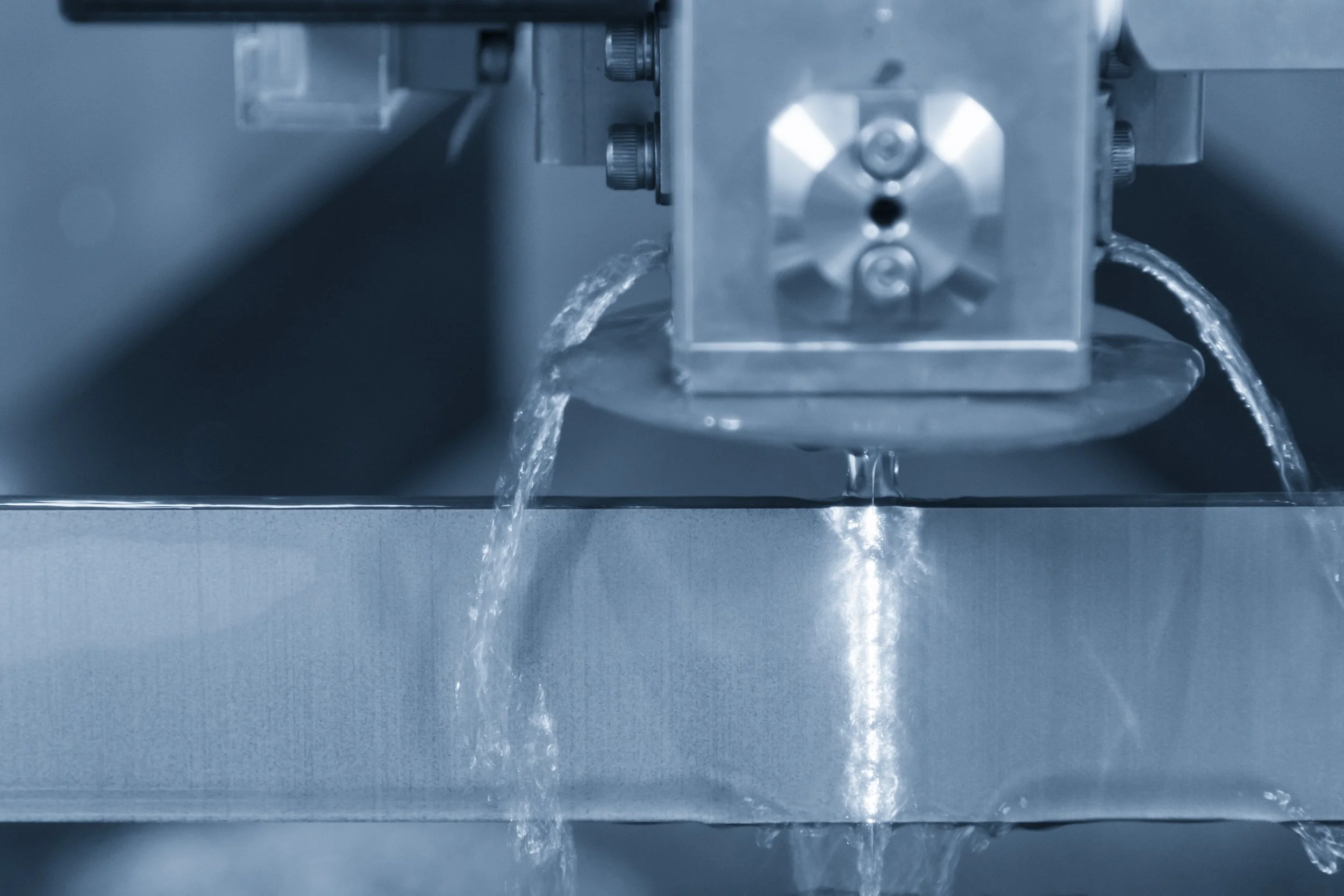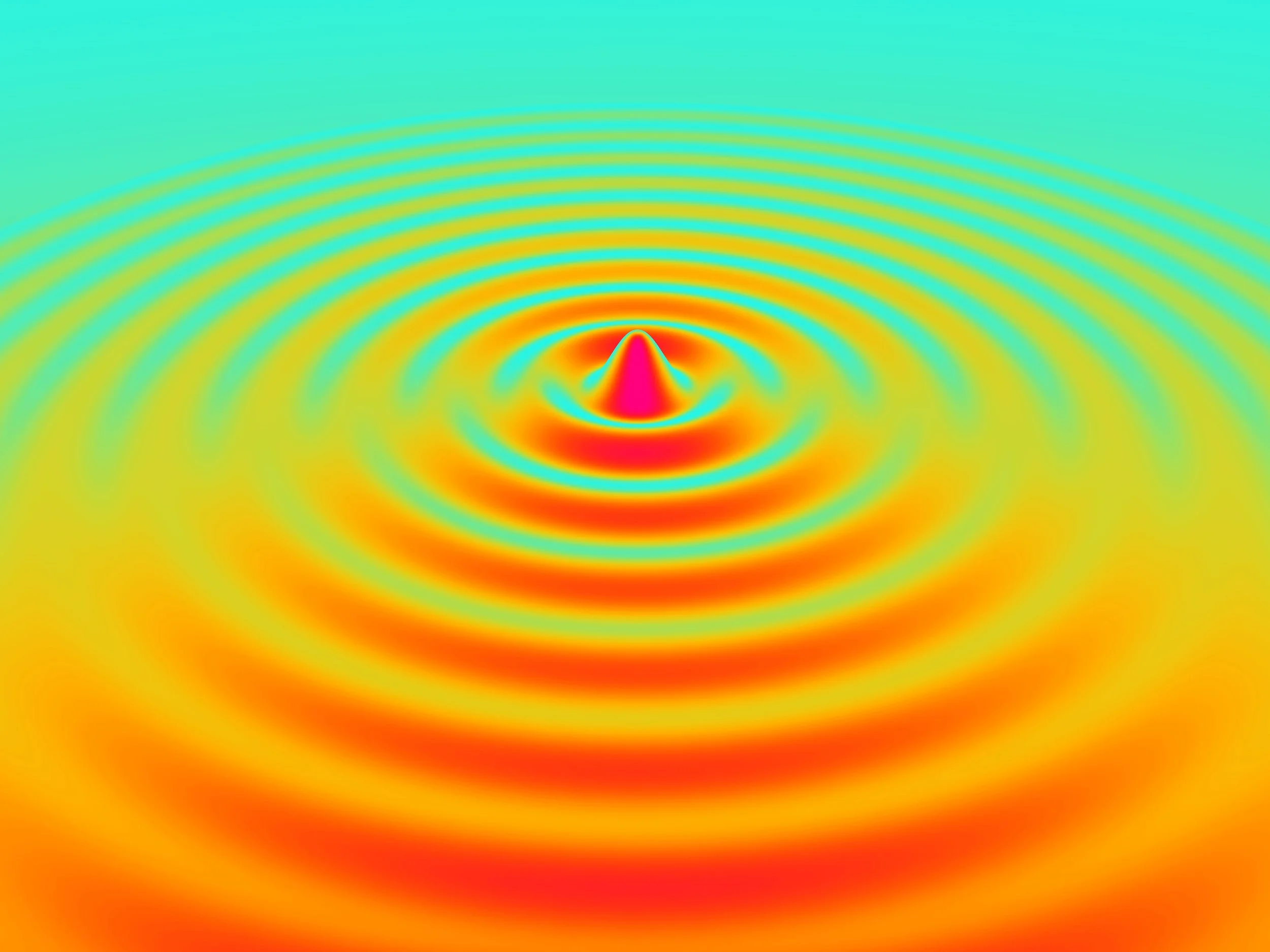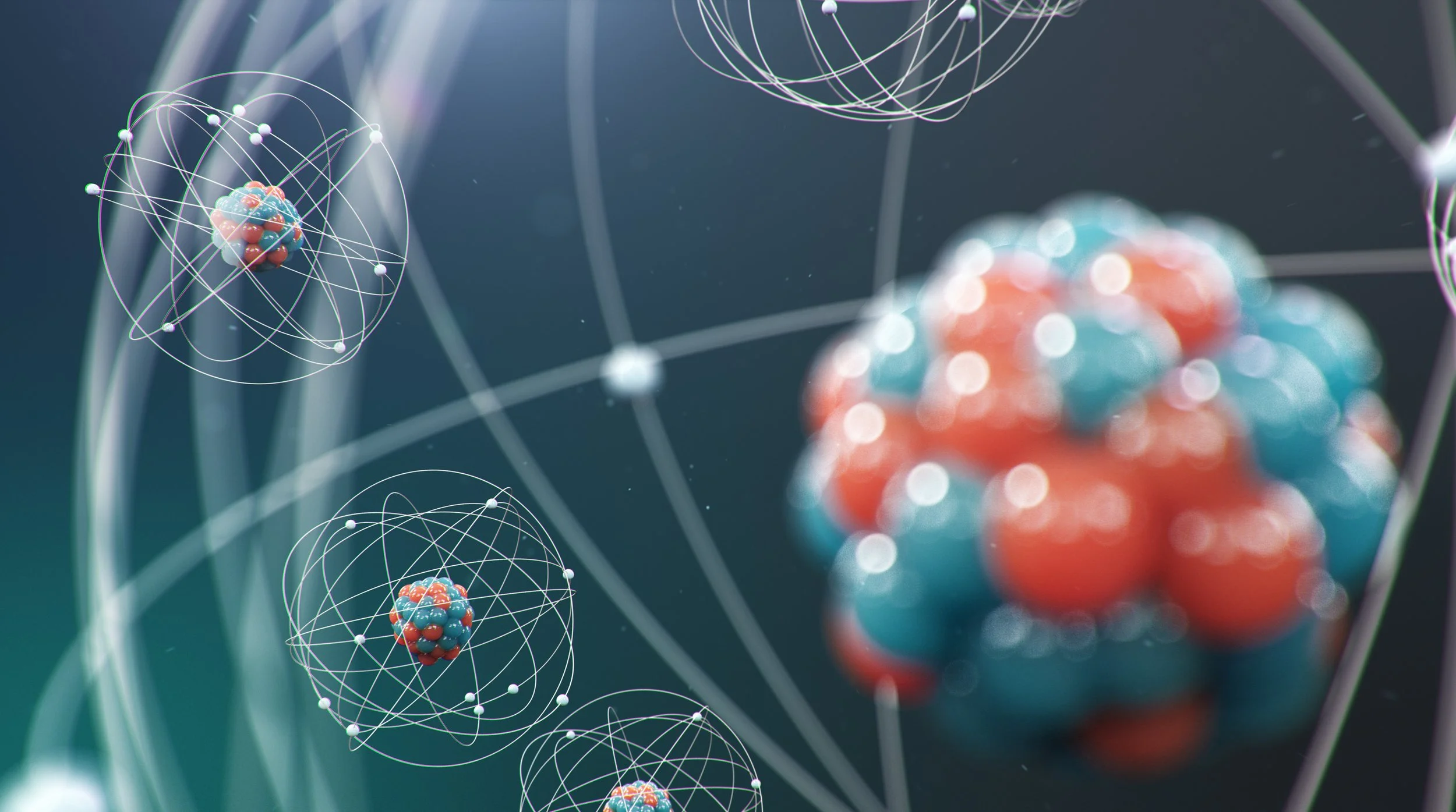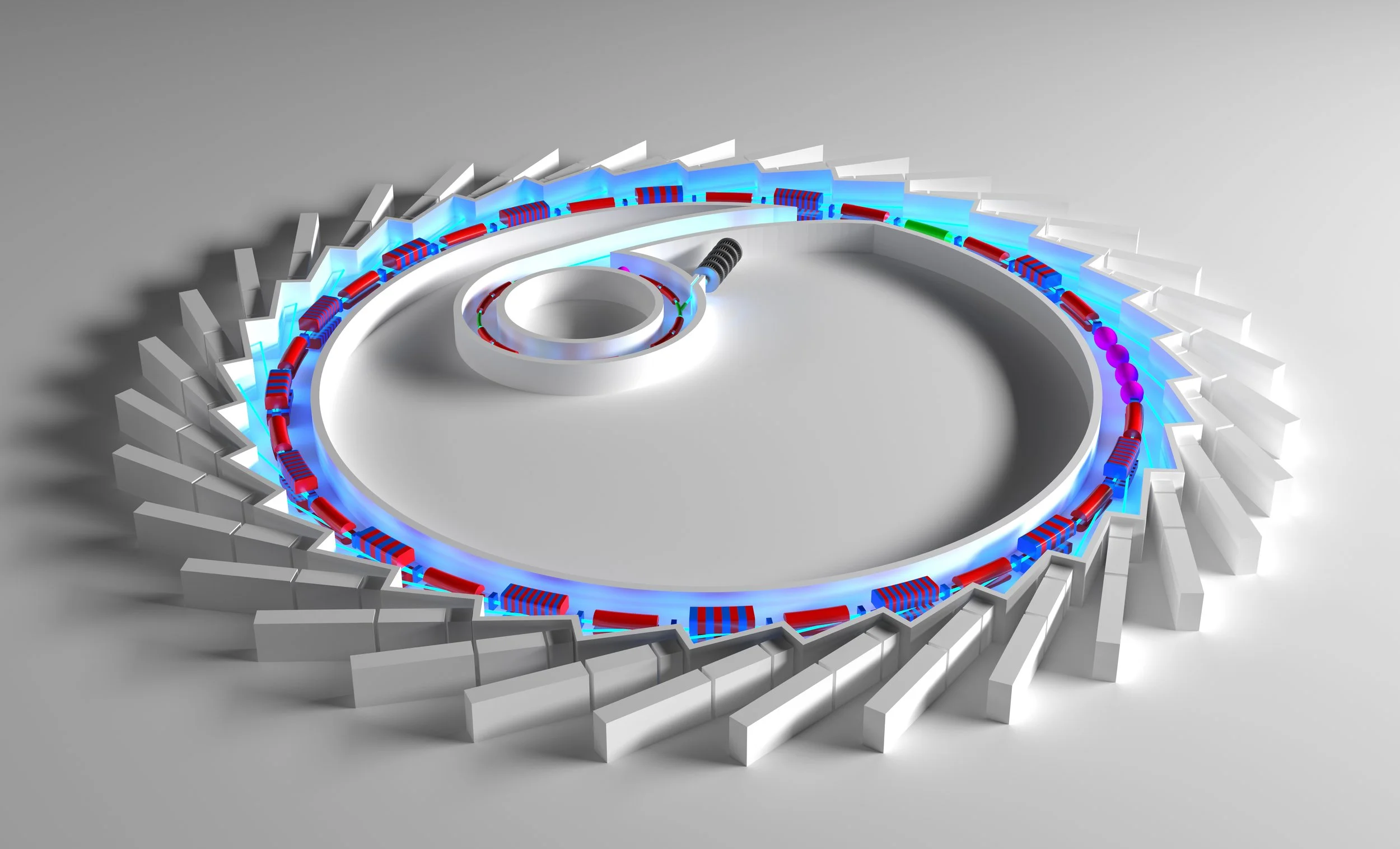Residual Stress Measurement
Stress-Space Ltd specialises in determining surface and volumetric maps of residual stress in engineered structures using the measurement technologies listed below:
adaptive X-ray neutron diffraction contour method residual stress measurement adaptive X-ray neutron diffraction contour method residual stress measurement adaptive X-ray neutron diffraction contour method residual stress measurement adaptive X-ray neutron diffraction contour method residual stress measurement
The Contour Method
Merits
Uses standard workshop equipment
Inexpensive
Cross-section map of direct stress
Resolves 2 mm length-scale stresses
Multiple stress components with multiple cuts and multiple methods
Can leverage other methods
Insensitive to microstructure
Limitations
Destructive
Electrical conducting materials
Max cut area depends on size of wire EDM machine (typically 0.6 m x 1.0 m)
Direct stress normal to cut face
Quality of wire EDM cut surface
Errors from elastic bulging, plasticity and data analysis
Surface Hole Drilling
Merits
ASTM E837 Standard
Portable for field use
Low cost and quick
In-plane stresses near to surface
Depth profiling up to 2 mm
Optical techniques available
Limitations
Local damage
Flat and smooth surfaces
Locations remote from geometric features
Plasticity errors for stresses > 60% yield
Needs skilled practitioner
X-ray Diffraction
Merits
International Standard
Portable for field use
Low cost and quick
No damage
In-plane stresses at surface
Depth profiling up to 1 mm
Limitations
Crystalline materials
Small grains for good sampling
Best for isotropic microstructure
Local surface curvature error
High surface roughness error
Needs skilled practitioner
Neutron Diffraction
Merits
International Standard
Non-destructive
Can measure full stress tensor
Volumetric mapping
35 mm steel, 100 mm Aluminium
Limitations
Crystalline materials
Expensive - needs neutron source
Needs zero stress reference
Needs skilled practitioner
Synchrotron Diffraction
Merits
Non-destructive
In-plane stresses
Volumetric mapping
Fast acquisition
35 mm steel in transmission
Limitations
Crystalline materials
Expensive - needs synchrotron source
Needs zero stress reference
Data intensive
Needs skilled practitioner
Hybrid Methods
Limitations
Uncertainties can propagate
Needs skilled practitioner
Merits
Powerful combinations of methods
(e.g. Contour + XRD)More stress tensor data
More volumetric coverage
Confidence from cross-comparison of results
The Slitting Method
Merits
Laboratory method
Applicable to many materials
1-D line profile of direct stress through the thickness of prismatic shaped specimens
Good length-scale resolution of stresses
Limitations
Destructive
Gives average stress across width
Plasticity error when stresses are high
Sensitive to data analysis




